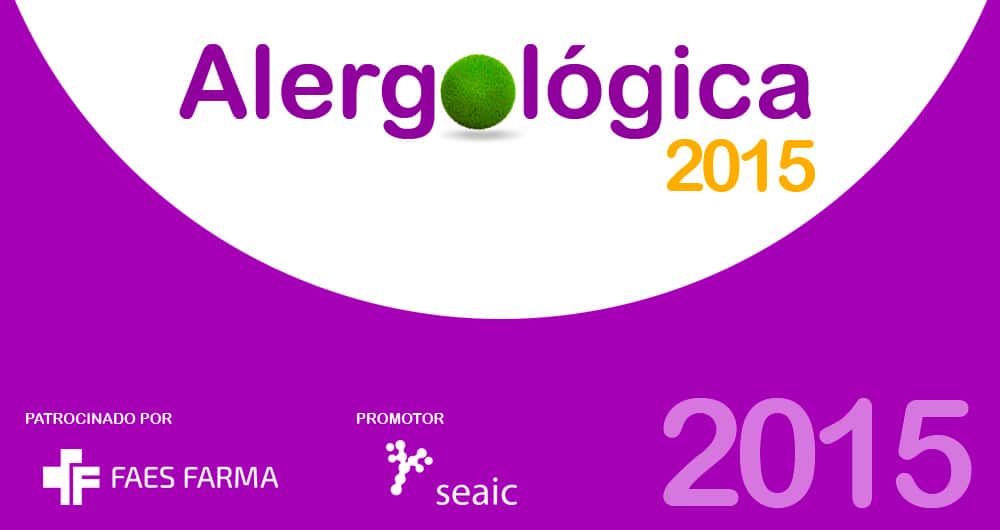
Nappi E, Paoletti G, Malvezzi L, Ferri S, Racca F, Messina MR, Puggioni F, Heffler E, Canonica GW
Expert Rev Clin Immunol. 2022 Jun 19:1-12. doi: 10.1080/1744666X.2022.2089654. Epub ahead of print. PMID: 35695326.
There are several links between asthma and allergic rhinitis in the same patient, although these conditions are frequently underdiagnosed with suboptimal clinical outcomes. The two conditions coexist and share clinical, pathogenic, and pathophysiological mechanisms.
The aim of this article was to review the major links between the mechanisms of allergic rhinitis and asthma, as well as their treatment according to existing guidelines, focusing on treatment of allergic rhinitis in patients with comorbid asthma.
The authors concluded there are some unmet needs for patients with asthma and allergic rhinitis. Not all allergic rhinitis patients are screened for asthma. This screening should be conducted with a multidisciplinary approach to characterize the journey of patients with respiratory allergies to subsequently refer adequately to Allergy/Asthma centers. There may be advantages in treatment with allergen immunotherapy and/or biosimilars, which might represent encouraging advances in the management of both conditions.












